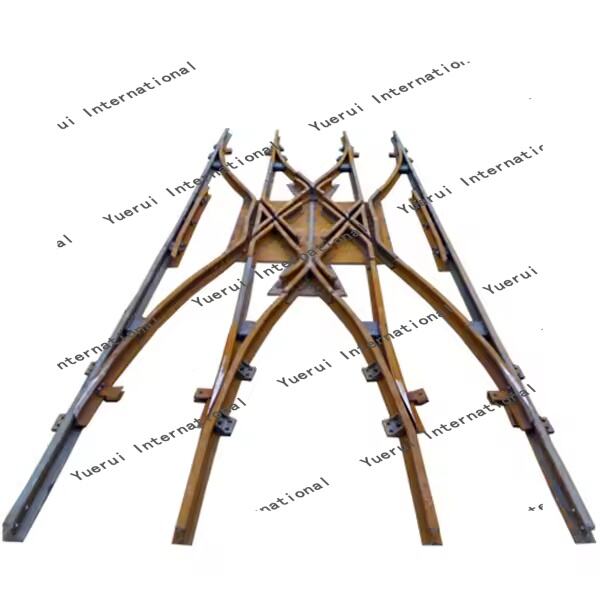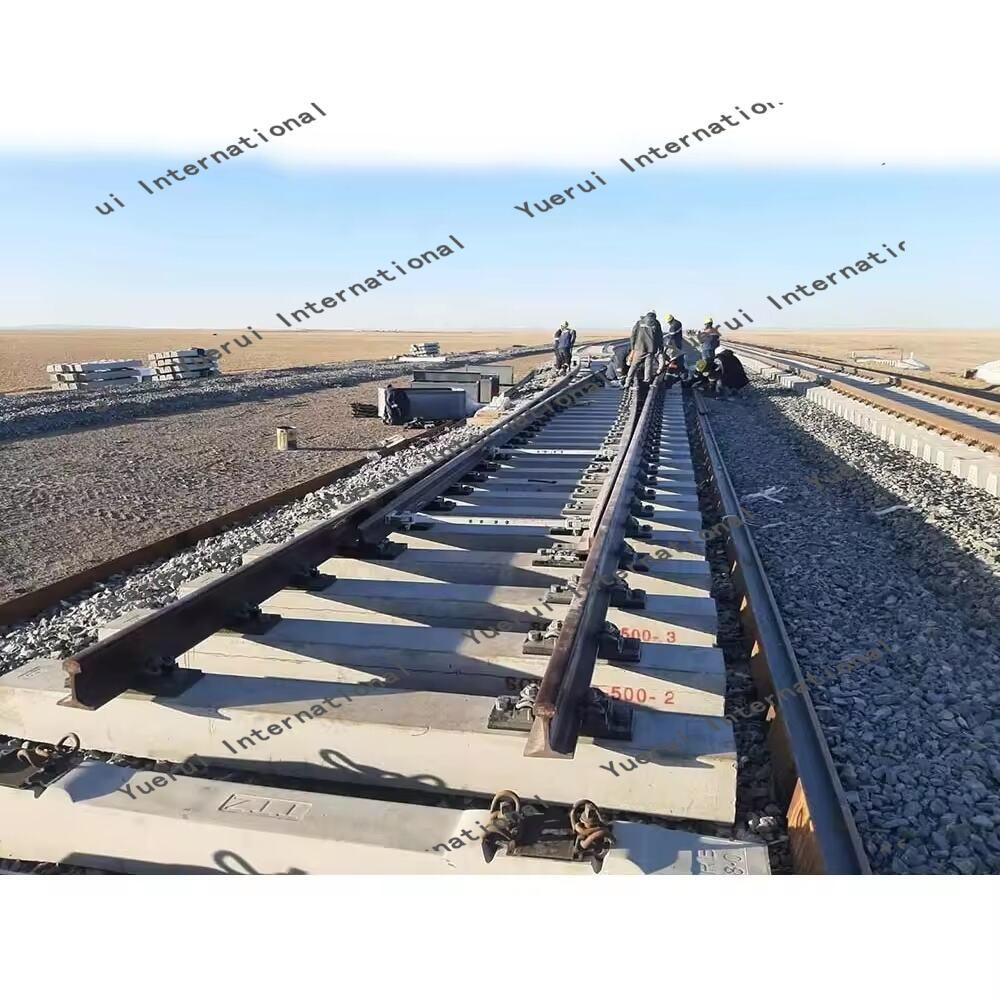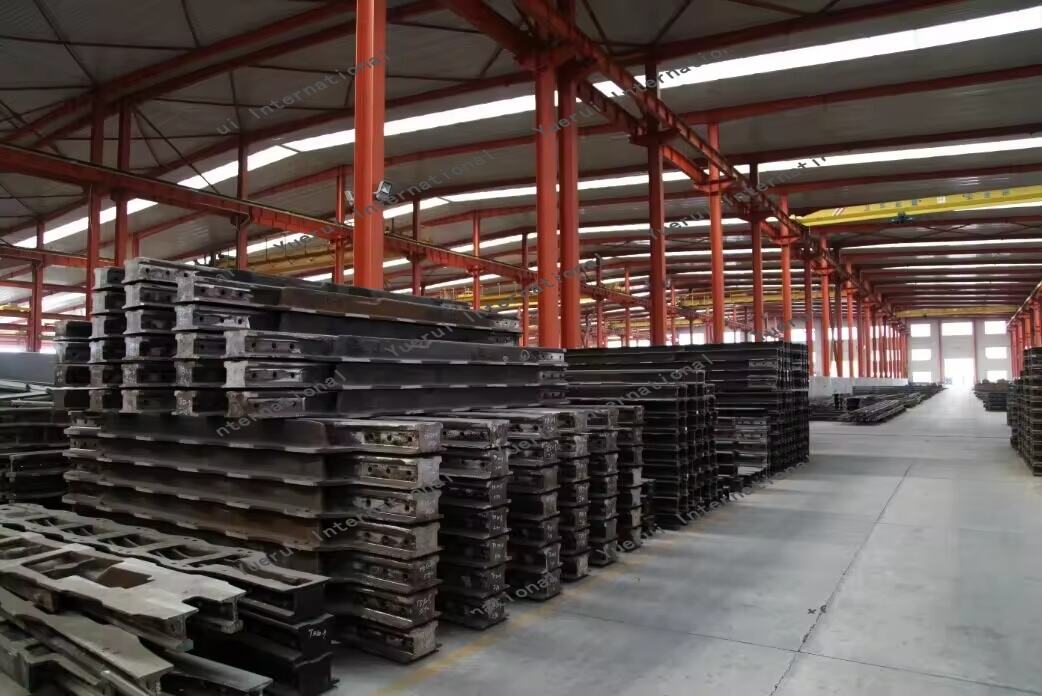Weather-Resistant Performance
Railroad switch signals are engineered to maintain optimal performance across extreme weather conditions, from scorching heat to freezing temperatures. The housing units are constructed from high-grade, weather-resistant materials that protect sensitive internal components from moisture, dust, and debris. Advanced thermal management systems prevent overheating in summer and ensure reliable operation in sub-zero temperatures. The LED indicators are specifically designed to maintain visibility through heavy rain, snow, and fog conditions, with automatic brightness adjustment capabilities that optimize visibility based on ambient light levels. Special coating technologies prevent ice formation on external surfaces, while integrated heating elements ensure continuous operation in freezing conditions. This robust environmental protection system results in exceptional reliability and reduced maintenance requirements, even in the most challenging climate conditions.


